Leptomischus is a genus of plants in the family Rubiaceaewhich is most abundant in the tropics and includes many economically important members used for purposes such as medicine, horticulture, and food production. Leptomischus is a typically Asian genus found only in Myanmar (1 species), India (3 species), Vietnam (5 species), and China (5 species). However, it is a poorly known and small genus, with only ten species currently accepted.
During a botanical expedition to Yuanyang Guanyinshan Provincial Nature Reserve, researchers from Xishuangbanna Tropical Botanical Garden (XTBG) collected an unknown Rubiaceae species. After extensive examination and comparison within allied groups, morphological comparison of related literature and herbarium specimens, they confirmed that the unknown species is new to science.
The new species was named as Leptomischus bracteosus to refer to its distinct bracts. The result was published in Phytotaxa.
Leptomischus bracteosus is a perennial herb. It shares similarities with L. primuloides and L. parviflorus, including similar shape, indumentum, the number of secondary veins on isophyllous leaves, and the inflorescences bear several distylous flowers. However, it differs from them and other congeners due to it having four bracts and bracteoles, resembling stipules that are subtriangular to rhombic or broadly ovate with truncate base, and the calyx limb lobed for approximately one-third.
Leptomischus bracteosus is known only from the type locality between 1750–1850m elevation in Yuanyang County, Honghe Hani and Yi Autonomous Prefecture, Yunnan Province, China. It grows in moisture along the ravine stream of evergreen broad-leaved forests.
"Since only two populations were found and the population is decreasing due to forest fragmentation and habitat degradation, we consider the conservation status as ‘Vulnerable’ following the International Union for Conservation of Nature (IUCN) standard,” said TAN Yunhong of XTBG.
Contact
TAN Yunhong Principal Investigator
Center for Integrative Conservation, Xishuangbanna Tropical Botanical Garden, Chinese Academy of Sciences, Menglun, Mengla, Yunnan 666303, China
E-mail: tyh@xtbg.org.cn
First published: 24 January 2024
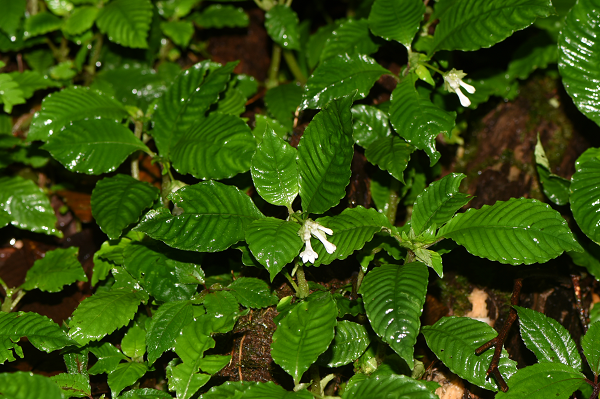
Leptomischus bracteosus (Image by TAN Yunhong)
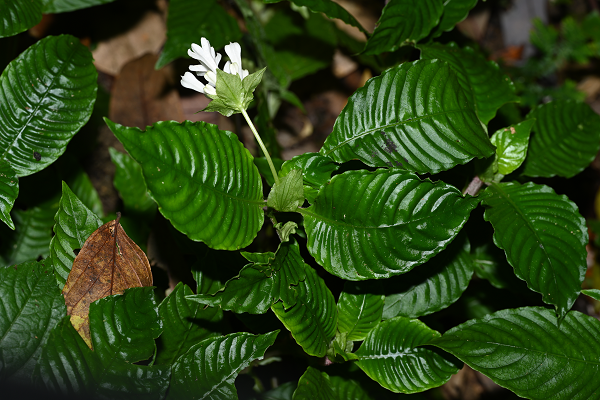
Leptomischus bracteosus (Image by TAN Yunhong)
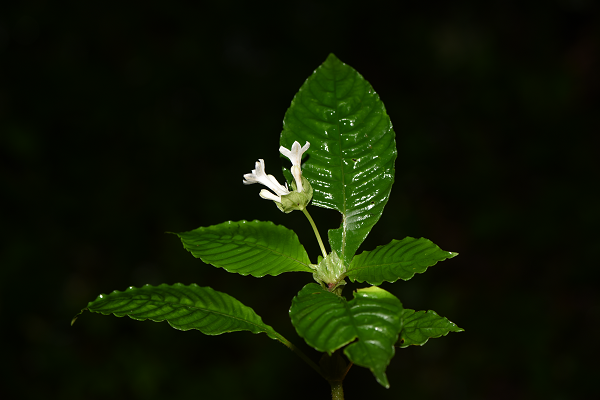
Leptomischus bracteosus (Image by TAN Yunhong)
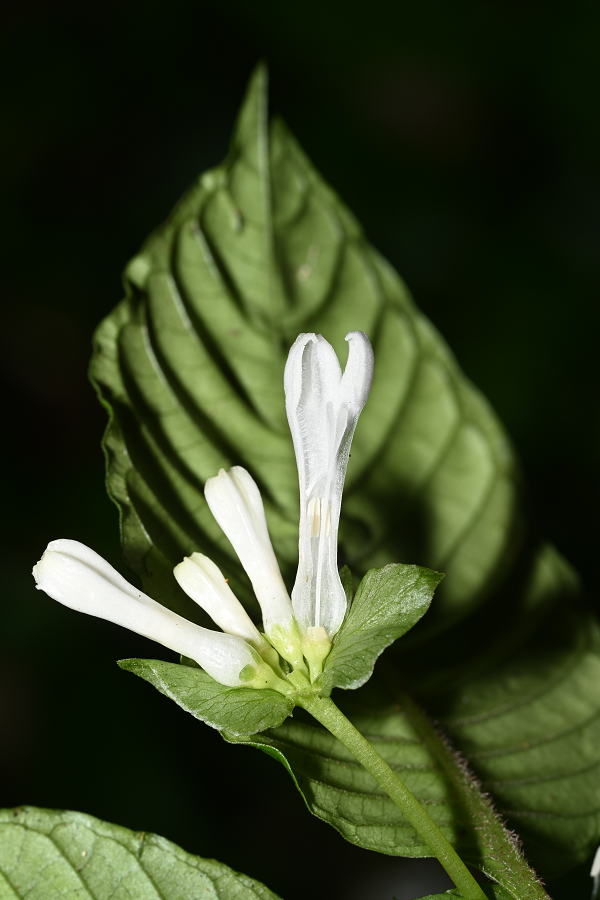
Leptomischus bracteosus (Image by TAN Yunhong)
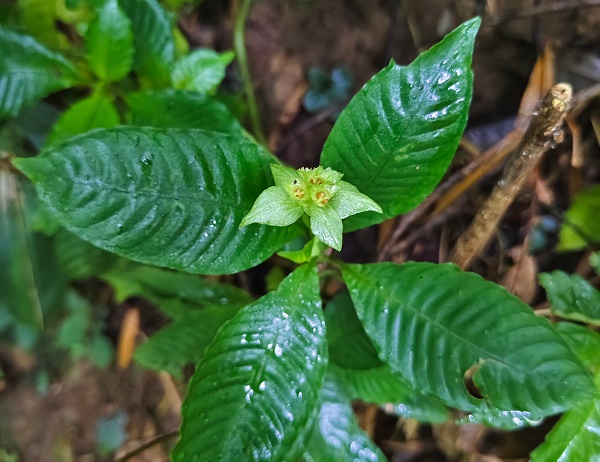
Leptomischus bracteosus (Image by TAN Yunhong)





